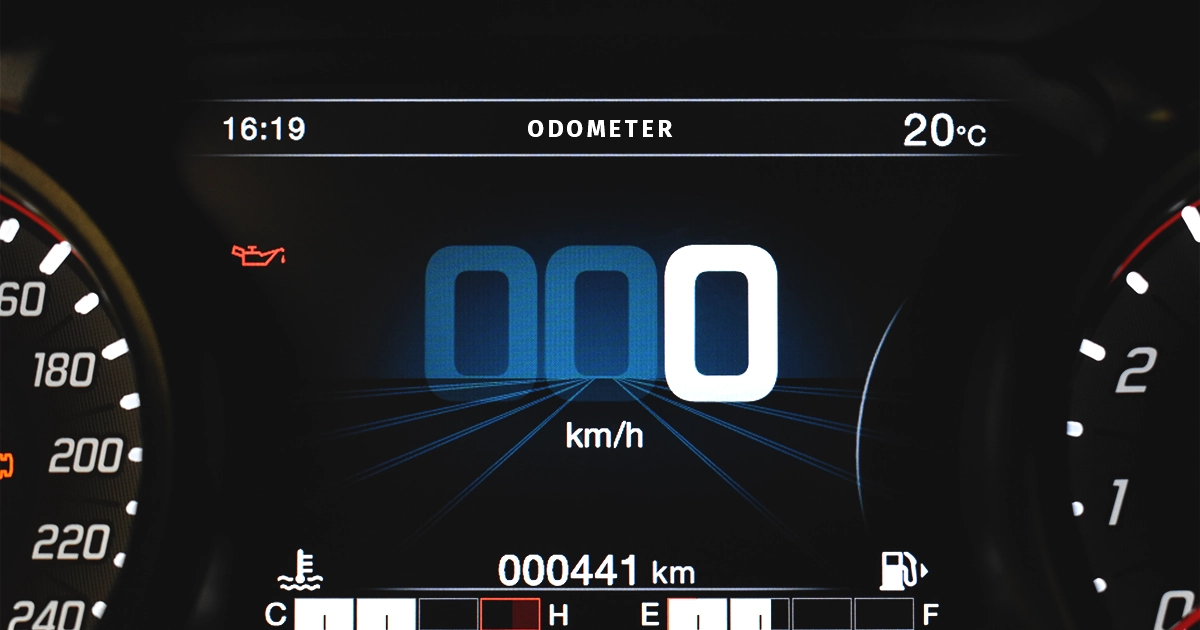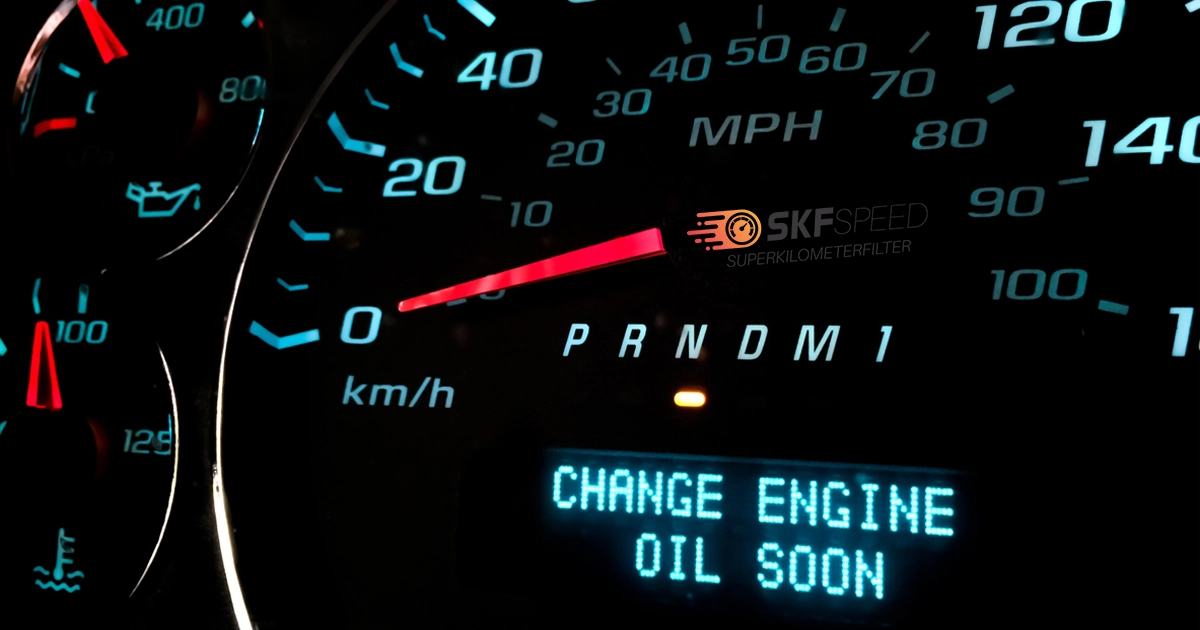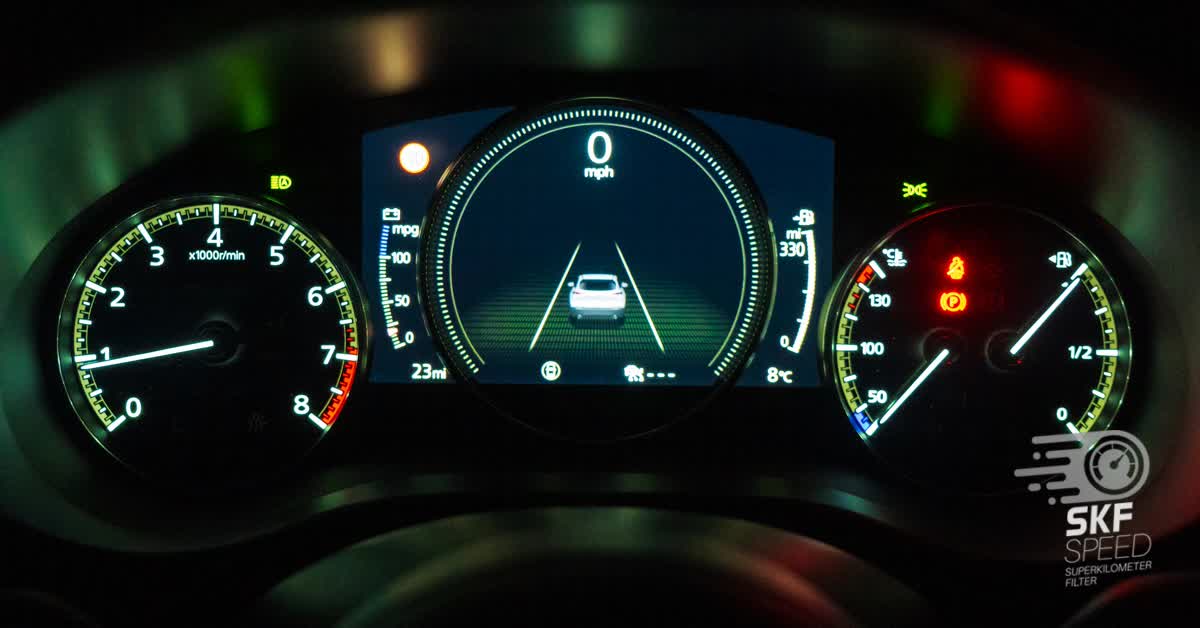
Calculate mileage reimbursement is possible with a simple method, just multiplying the number of business miles driven by the standard mileage rate. It is one of the most popular and straightforward processes; however, some employers have chosen alternative methods. Using a rate other than the standard may become a motive for considering income, which may be taxed. So, employers need to consider several details regarding reimbursement, such as the methods of calculation, whether employees use personal cars. and whether the company provides it.
First and foremost, correctly calculating mileage reimbursement is beneficial for employers and employees. Employees are happier and more satisfied and have a more positive attitude toward the company business errands. As for Business owners, they need less bookkeeping and have lower ancillary expanses. Let’s go into detail by starting the definition of the concept.
Mileage reimbursement is the compensation paid by business owners to employees for the expenses associated with using their automobile (s) for company business errands. The purpose of driving can be the following: driving to the bank, meeting customers, purchasing office supplies, or other business-related chores. Employees are compensated based on a rate set by the government, such as the IRS ( in the USA), HMRC (in the UK), or BZSt (in Germany).
The mileage rate is not set only for business purposes but also for charitable organizations and medical or qualified active-duty members of the Armed Forces. Internal Revenue Service issues the standard rate every year, starting 1 January 2024. This rate is 67 cents per mile driven for business use, up to 1,5 cents from 2023. On the other hand, in 2024, the rate of medical and military purposes decreased by 21 cents. In previous years, this amount was far less than it is today, ranging between 50-60 cents.
Simply speaking, to calculate mileage reimbursement, when you employ the standard mileage rate and drive 500 miles, 67 (current rate )*500=33,500 cents (335$).
However, not all companies use the rate mentioned above; there are several other options, so stay informed before you start calculating. We will discuss further options/methods in the following paragraph.

Calculating mileage reimbursement depends on the method, whether standard mileage rate, actual expenses method, car allowance, or FAVR (Fixed and Variable Rate). All those methods can be suitable for employers and employees, depending on the situation. Some are simpler because they require less recordkeeping and calculation, whereas some are complicated (but more accurate) and require detailed tracking. Let’s take a closer look at them and discuss their characteristics in more detail.
As mentioned above, it is set yearly by revenue service and has been changing through the years. IRS determines the annual rate by considering the following factors: insurance, depreciation, tires, maintenance, and fuel price. For 2024, it is 67 cents. Calculate mileage reimbursement based on this rate is one of the desirable and
convenient methods for many companies because they need only mileage data and don’t need to track other expenses and do extra bookkeeping. However, the correctness of mileage data is vital because this data plays a decisive role in this method. Later in the blog, we will discuss people’s challenges in gathering mileage data.
Actual expenses are the alternative method of calculating mileage reimbursement. When you are an employee and choose this method, you must keep track of and add up all the car’s expenses throughout the operation, including insurance, gas, repairs, tires, registration fees, licenses, and depreciation. On the other hand, if you are a business owner, you should keep track of all these details to calculate fair compensation for your employees.
It takes hard work to perform all this note-taking successfully and reliably. In a nutshell, a more trustworthy calculation is made when we consider all factors. However, of course, it is still a matter of agreement between the two parties.
Mileage allowance refers to the monthly, fixed amount of money given to employees to cover their driving expenses. It is one of the favorite techniques of business owners because of its simplicity. Needless to say, it has one obvious fault: it is an inaccurate way of reimbursing; the amount of money may be far less than necessary or too much. We should admit that It’s hard to believe that it responds to the concept of mileage reimbursement. Additionally, it is fully taxable, which can be considered a flaw.
As the definition of the abbreviation suggests, calculate mileage reimbursement seems logical and reasonable. It implies considering both fixed expenses, including depreciation, insurance, and changeable costs, such as fuel and repairs. What’s more, it’s tax-free, which makes it more suitable for businesses. Companies can determine their reimbursement cost based on their particular needs and necessities.
Unfortunately, odometer figures are not always reliable, so you must consider that probability when calculating. Reasons for unreliable odometer data may be the following: dashboard damage, electrical faults, improper calibration of newly changed tires, odometer rollback, a.k.a “clocking.” Almost all the reasons are legitimate, apart from one particular case. Disconnection, resetting, and altering the vehicle odometer to change the odometer reading is called odometer fraud. The primary purpose of this practice is to hide accurate odometer data from potential buyers. So, according to popular belief, the automobile is considered more desirable with lower mileage.
As you already saw above, mileage data is decisive in calculating mileage reimbursement. Wrong data can mislead the proper reimbursement calculation, so it is a severe issue. But it is solvable.
Fortunately, nowadays, there are many ways to reveal potential odometer tampering. In most cases, scanners can discover genuine mileage, which is also recorded in other control units in modern vehicles. Let’s note down the ways of detecting possible fraud. There are the following:

Two main techniques for modifying mileage are rolling back existing figures and halting the mileage recording process entirely. As we mentioned already, altered mileage can hinder the process of calculate mileage reimbursement.
Common rollback tools are generally easy to detect because they can rollback figures from the dashboard, but the data stays in other control units. Hence, diagnostic scanners can detect the alteration. So, if you roll back mileage and try to hide that fact, you may face legal charges in most countries.
On the other hand, a Mileage blocker is a universal tool designed to stop the mileage recording process without leaving a trace. So, it is impossible to detect it, because mileage counting is stopped in all control units. Unfortunately, some people use it for fraud due to its untraceable performance. The manufacturer recommends using the tool only in a controlled environment for testing and tuning. You can purchase the tool from the official website for most makers and models. If you have additional questions, a customer service and support representative will answer them.
Disclaimer: If you plan to use a mileage blocker, keep your employer informed. Otherwise, you may face two major problems.
Firstly, calculating mileage reimbursement will be impossible.
Secondly, it may become a reason for a huge misunderstanding between you and your employer. Business owners perform detailed note-taking and often take measures in advance, such as installing GPS tracking devices in the car. You will be blamed for cheating and have trouble.
Calculate mileage reimbursement is possible, if you know exactly which types of reimbursing you are going to employ. Employers and employees have the responsibility to perform correct bookkeeping and define the kind of reimbursement based on mutual agreement.




Here you will find all the details about our company
Here you will find shipping and return related information
Here you will find information on all technical questions
Here you will find helpful information about installation